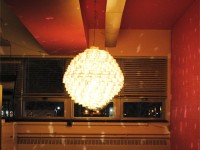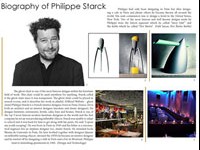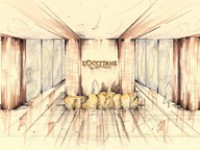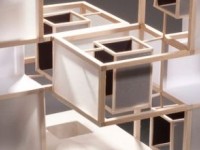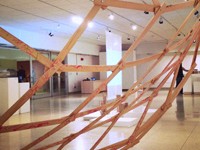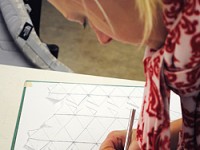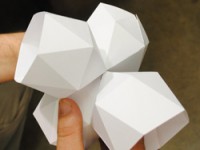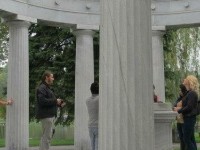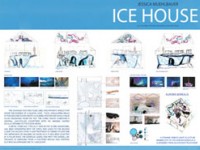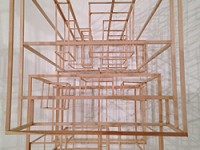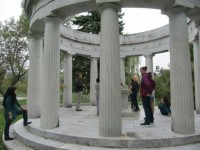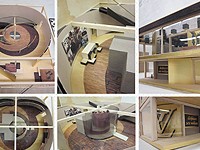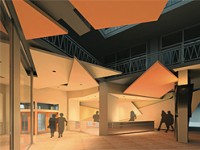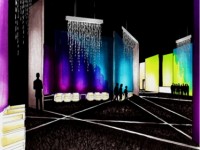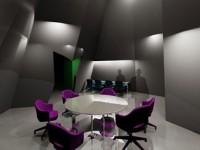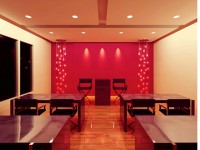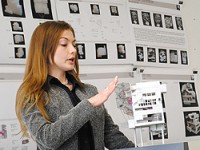Programs
Art and Design, B.F.A.
Ceramics Concentration
Design History Concentration
Digital Media Arts Concentration
Fibers Concentration
Graphic Design Concentration
Metals/Jewelry Concentration
Painting Concentration
Photography & Documentary Studies Concentration
Printmaking Concentration
Product Design Concentration
Sculpture Concentration
Wood/Furniture Concentration
Art Education, B.F.A.
Art History, B.A.
Art, B.A.
Interior Design, B.F.A.
- How to Apply
- Interior Design, B.F.A.
- Interior Design, B.F.A. Roadmap
- Drafting Technologies for Interior Design (Minor)
- Interior Design Studies (Minor)
- Professional Organizations
- Interior Design Students
- Interior Design Alumni
- Student Achievement Data
- Courses
- Assessment
- Awards and Scholarships
- Faculty
- Opportunities
- Resources
Certificates
Minors
History
People
How to Apply
Assessment
Awards & Scholarships
Careers & Alumni News
Faculty
Resources
News
Virtual Exhibitions

